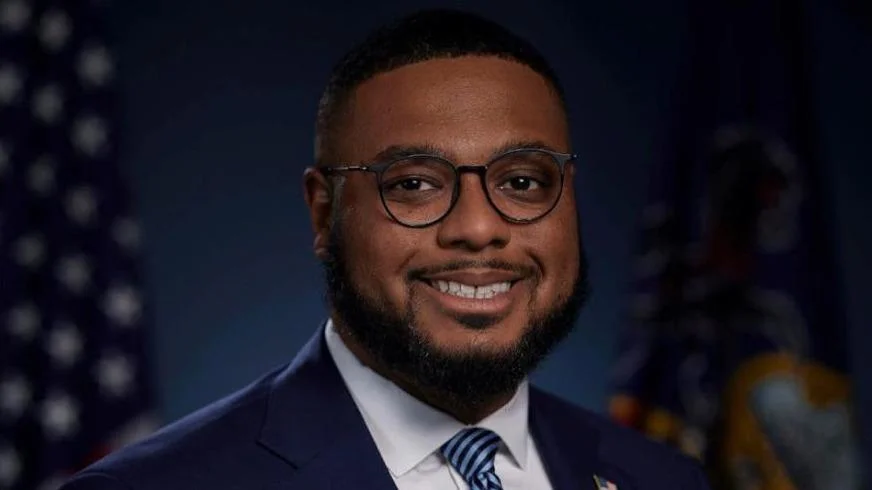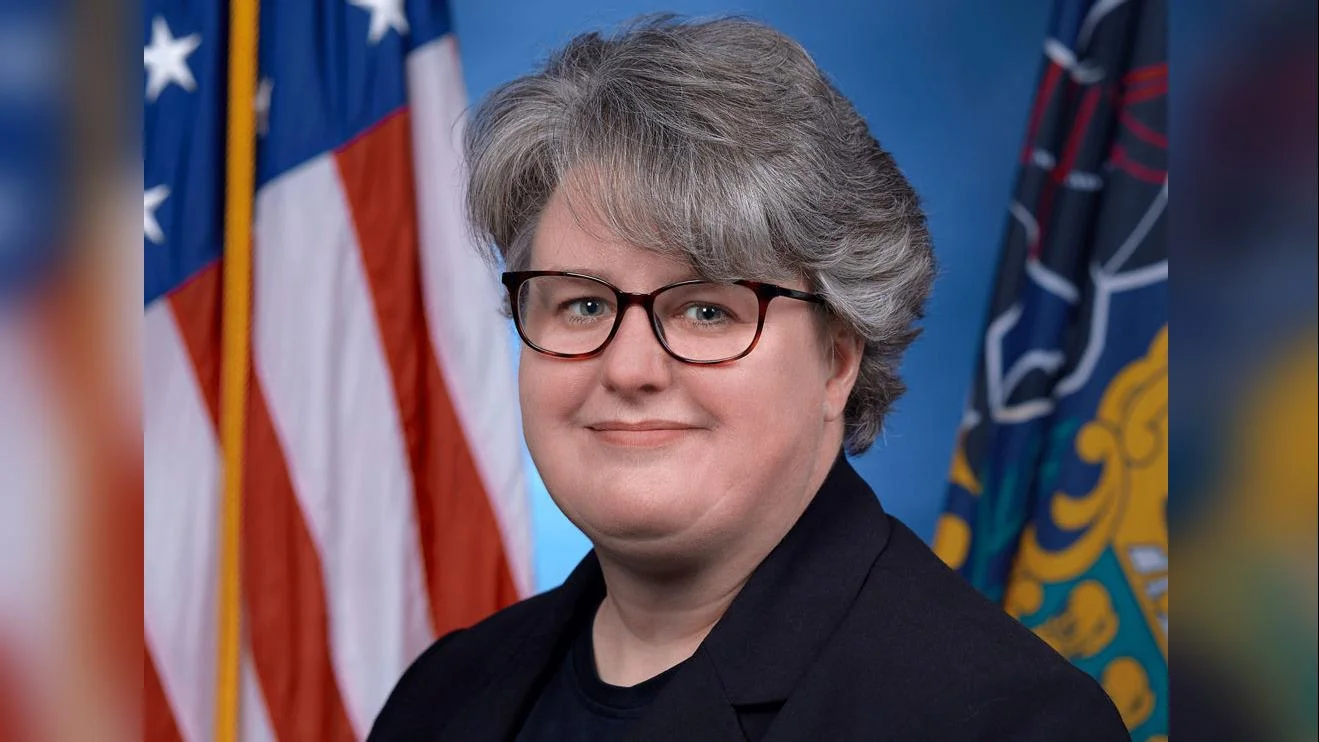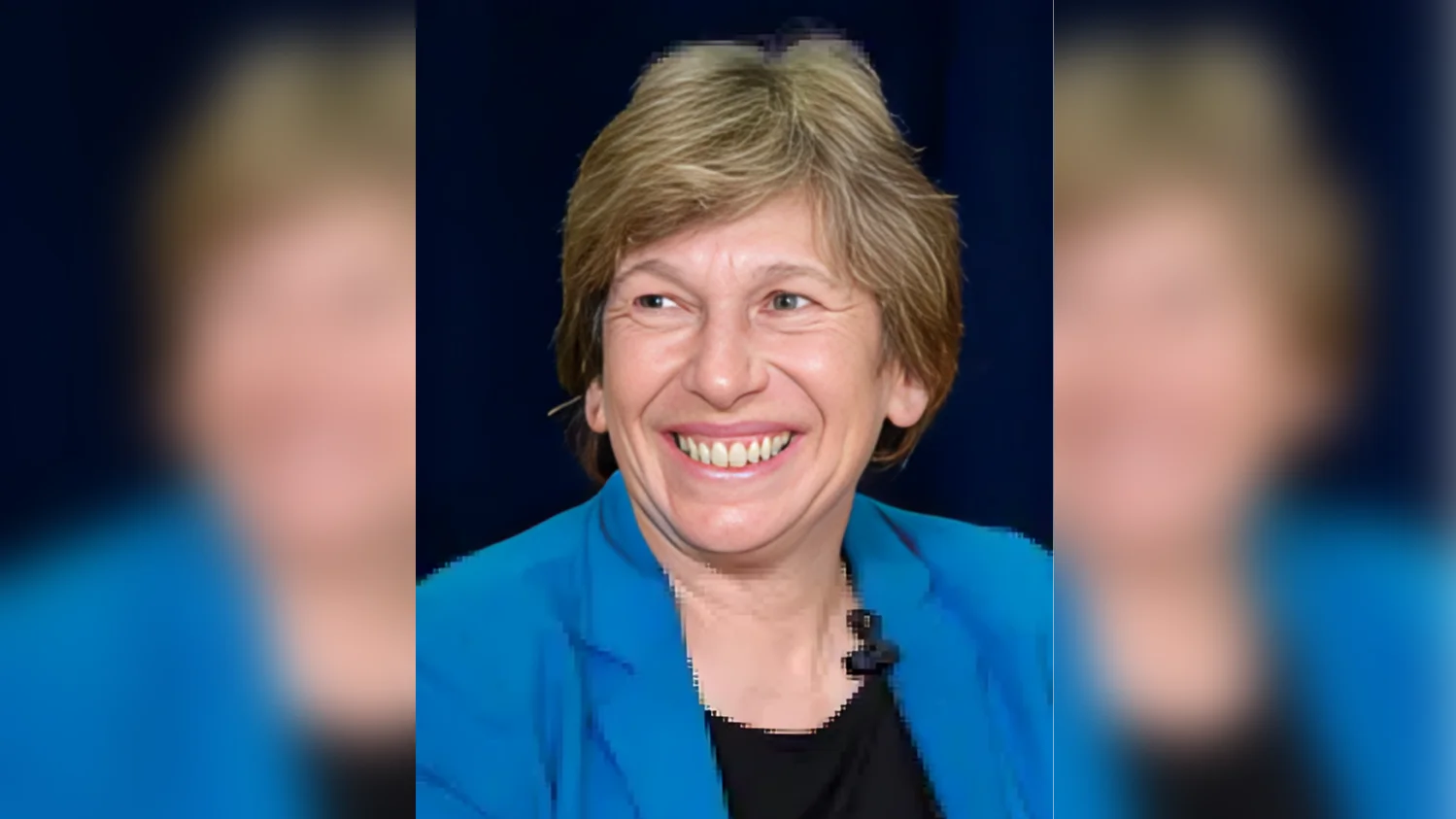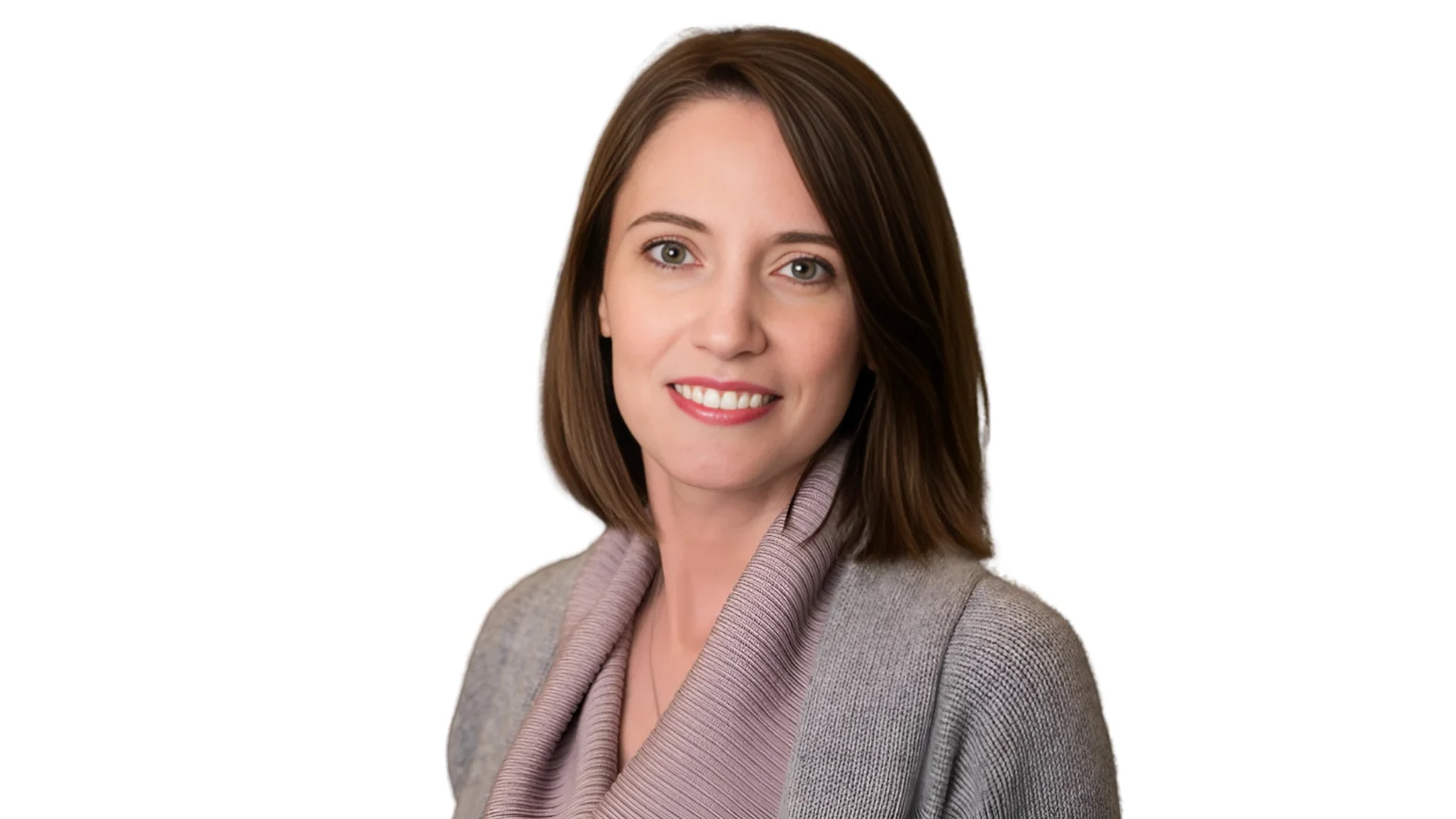
Elizabeth “Betsy” Corcoran, Co-founder and CEO | EdSurge Research
A recent report from UNESCO and the International Taskforce on Teachers for Education 2030 projects a global shortage of 44 million teachers by 2030. The findings were released following the UNESCO World Summit on Teachers held in Chile, where educators and policymakers discussed challenges and possible solutions to the teacher deficit affecting primary and secondary education worldwide.
The report highlights that both recruitment and retention of teachers are major concerns, as growing student populations will increase demand for qualified educators. The financial needs to address these shortages are significant, with Southern Asia and sub-Saharan Africa requiring $25 billion and $35 billion respectively to train and hire enough teachers by 2030. In comparison, Europe and North America are projected to need about $5.4 billion over the same period.
Amina Mohammed, UN deputy secretary-general, addressed summit attendees: “Too many young teachers are leaving within their first years because of low pay, heavy workloads, limited professional development, lack of technological training, and in many places, the neglect of the value of the teacher,” she said. “A lack of recognition that demotivates and paralyses. Ultimately, we are asking the impossible of teachers: to build the future without the tools, trust and conditions they need.”
According to the report, reductions in government spending on education have contributed to current shortages. In lower-income countries, families often bear a greater share of school costs as public funding declines.
Recommendations from UNESCO include establishing legal protections for education budgets, professionalizing teaching roles, and ensuring equitable workloads and compensation for educators. Some countries have adopted targeted measures; for example, Korea offers higher pay and lighter workloads to attract teachers to rural areas. Peru and Gambia have also increased salaries for those working in low-income regions.
In the United States, similar issues persist. Research from RAND Corporation shows that teacher shortages vary widely by subject area and region. Elizabeth Steiner, an education policy researcher at RAND Corporation said: “Teacher shortages are very nuanced. Shortages for special education teachers look very different than they do for middle school math teachers. The challenges faced in rural districts look very different than the challenges in urban districts. What it looks like in Arkansas is going to be really different than what it looks like in South Dakota or New York or Texas, because policies and context vary so much. It's a very, very local issue in many ways.”
RAND’s data indicate that pay is an important factor; 39 percent of surveyed U.S. teachers cited low salaries as a source of stress while 63 percent reported feeling burned out. Working conditions such as administrative support and opportunities for professional development also play key roles in teacher satisfaction.
The research further notes that female teachers experience higher rates of job-related stress compared to their male counterparts—68 percent versus 46 percent—raising concerns about well-being across a profession where women make up three-quarters of all teachers.
Megan Boren from the Southern Regional Education Board noted her region's need for approximately 250,000 more teachers—a turnover rate far above global averages cited by UNESCO. She explained that new teachers entering through nontraditional routes tend to leave at higher rates than those who complete traditional preparation programs.
Boren pointed out research showing that better-prepared teachers can significantly affect students’ long-term earnings potential; students taught by more prepared educators could earn an estimated $120,000 more over their lifetimes if their teacher’s preparedness improves by just ten percent.
Mentorships and residency programs have shown promise in supporting early-career educators’ success according to Boren’s work with Vanderbilt University researchers. She expressed concern that newer generations entering teaching feel less prepared than previous cohorts—a trend exacerbated since COVID-19—and warned this could worsen workforce challenges unless addressed.
“The other negative trends we’ve seen are not going to get better if those who are going into the profession say they feel less prepared for the reality they face,” Boren said.





 Alerts Sign-up
Alerts Sign-up